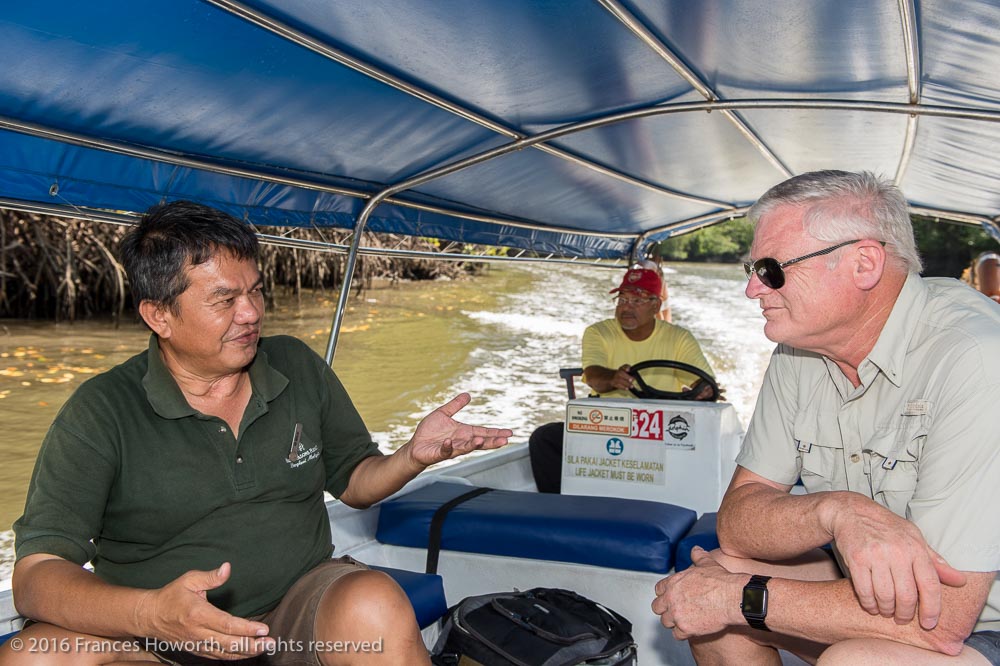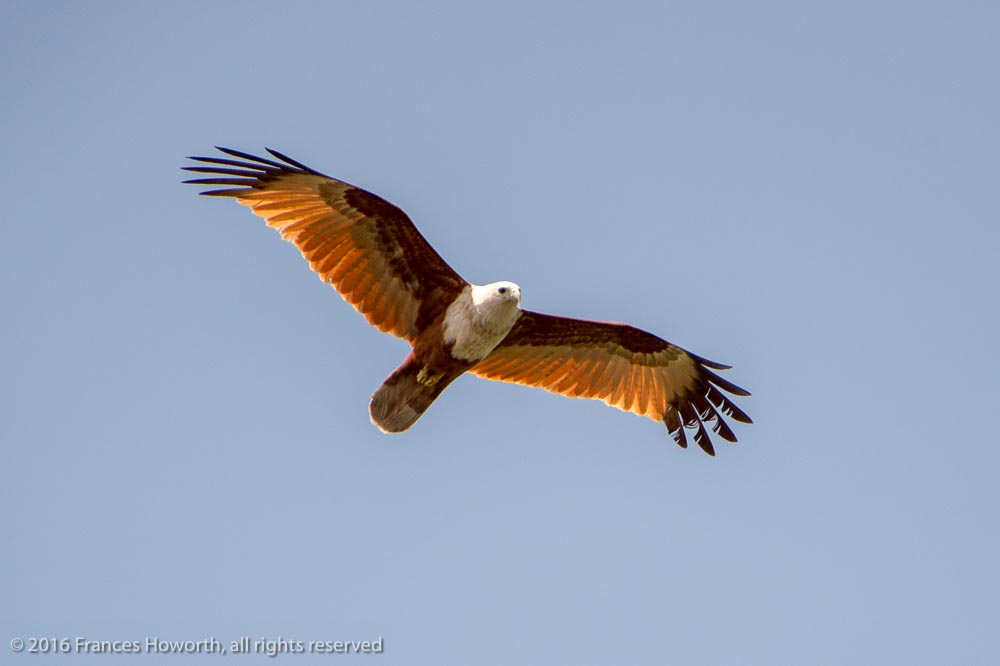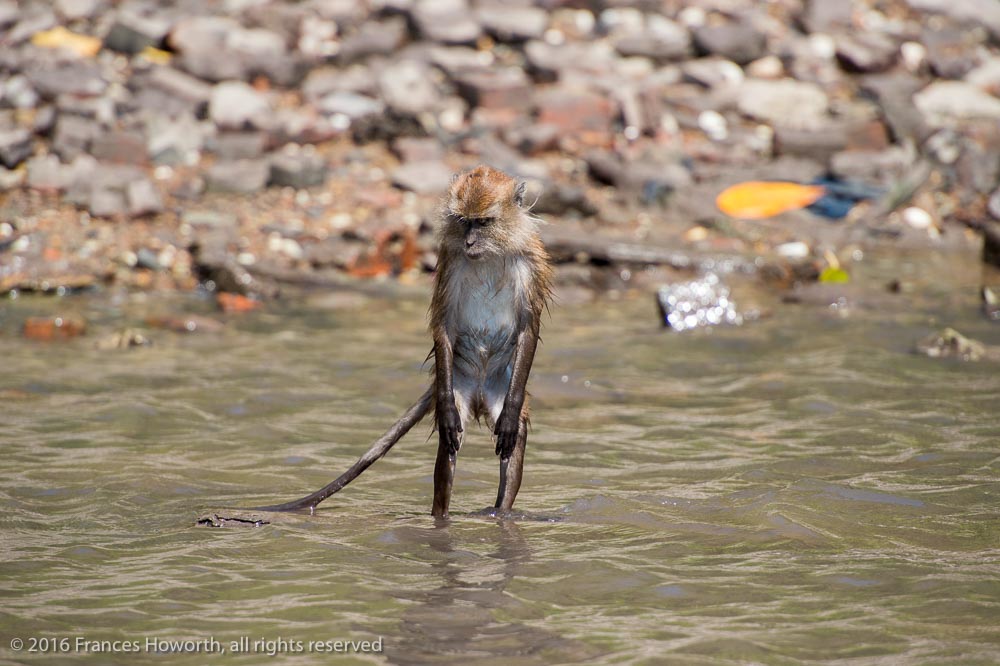
In its own lush garden and beachfront settings the Four Seasons Resort Langkawi, is dedicated to rejuvenation and fun. It is an hotel in which to immerse yourself in the Spa, relax over a meal of Malay specialties, and explore the UNESCO-protected mangroves with one of the hotels on staff naturalists.
Langkawi has all the attributes of a tropical island idyll: fine beaches, labyrinthine mangroves and a hilly interior clad in ancient rainforest. But as Southeast Asia’s first UNESCO World Geopark, there’s more to discover in Langkawei than at first meets the eye.
Our trip organised by the hotel through the mangroves of the Kilim Karst Geoforest Park in the company of Aidi Abdullah the resort’s Chief Naturalist for example was one such thrilling treat. Leaving by boat from the shore immediately in front of our beachside villa, we headed into a 550-million-year-old maze of limestone cliffs and tangled mangroves.
Developed on the Setul Formation, the oldest limestone in the country, the park features breath taking landscapes of near vertical karstic hills tipped with sharp pinnacles in a multitude of differing shapes and sizes. Between these elongated hills, narrow valleys are home to one of the best and uniquely formed mangrove forests in the world. It was into this maze of channels that we pointed the bow of our pirogue and set off to explore.

Our water borne safari unfolded slowly to give us sightings of soaring sea eagles and majestic kites, mischievous macaques monkeys that swim, fish that walk (mudskippers), colourful one armed fiddler crabs, tree-climbing crabs, shy otters, elegant monitor lizards, coiled snakes and hundreds of sleeping bat

Each and every sighting was accompanied by educated commentary from Aidi who brought the whole eco system into sharp clear focus. We learned how Mangroves swamps are formed and how, in time they, and the earth constructions of the Mud Lobster, will cause these channels to close up permanently creating yet more dry land and adding to the islands landmass. It was an excursion that combined adventure with a fascinating insight into one of the world’s most vibrant ecosystems and one that we would not have missed for all the tea in China.
